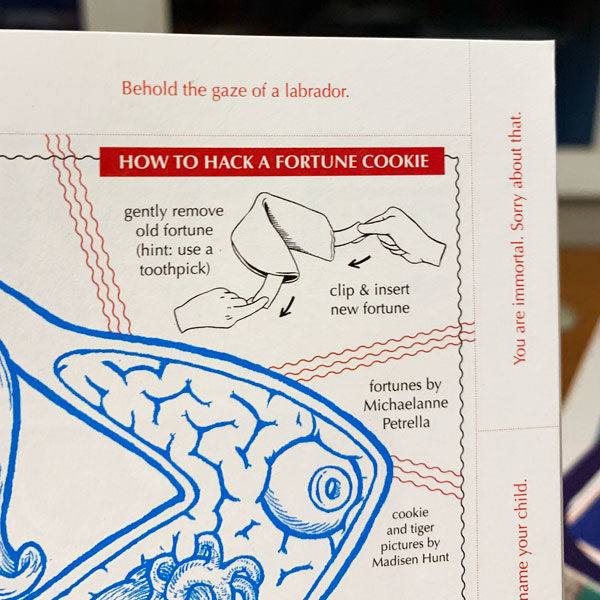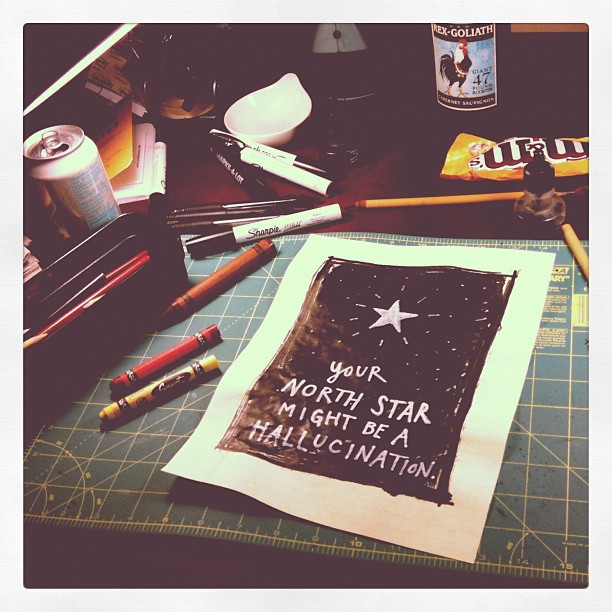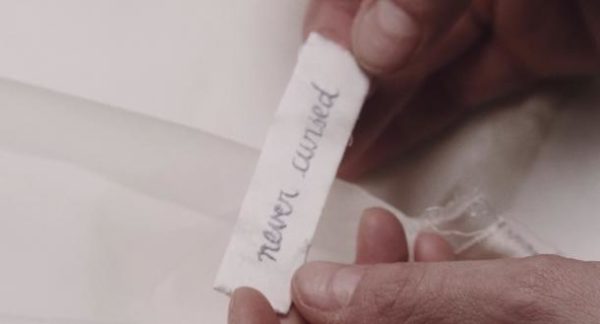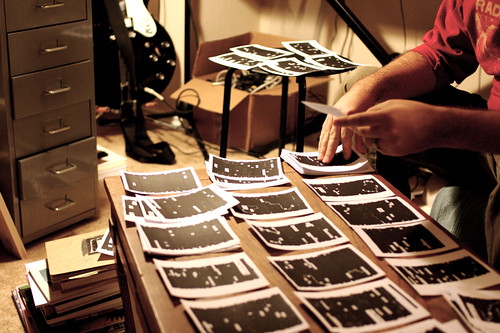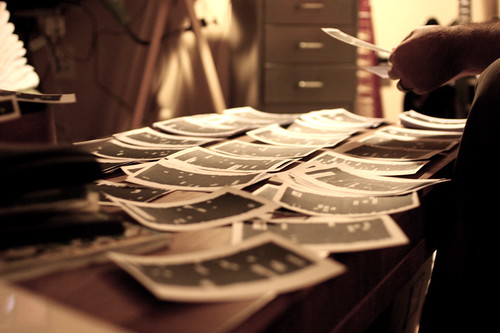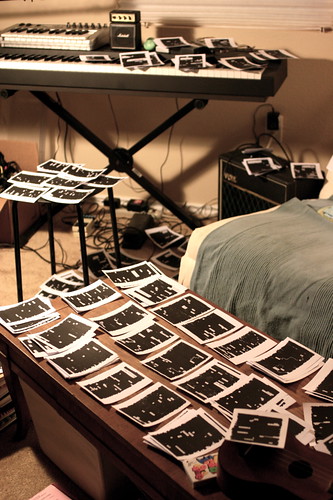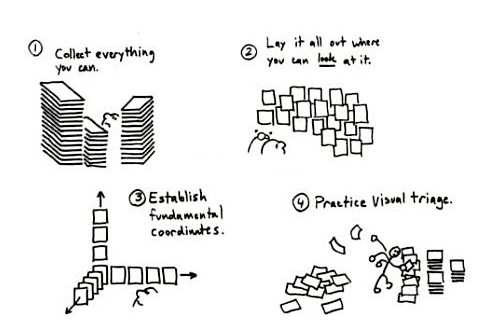
Here’s a video my friend Dan Roam and I recorded for his Napkin Academy about how to stay creative in good times and bad. Dan is so good at what he does — I remember seeing him give a presentation at SXSW five years ago and 20 minutes later everybody in the room wanted to buy a copy of Show & Tell. We always have fun, and I’m already looking forward to the next time.
